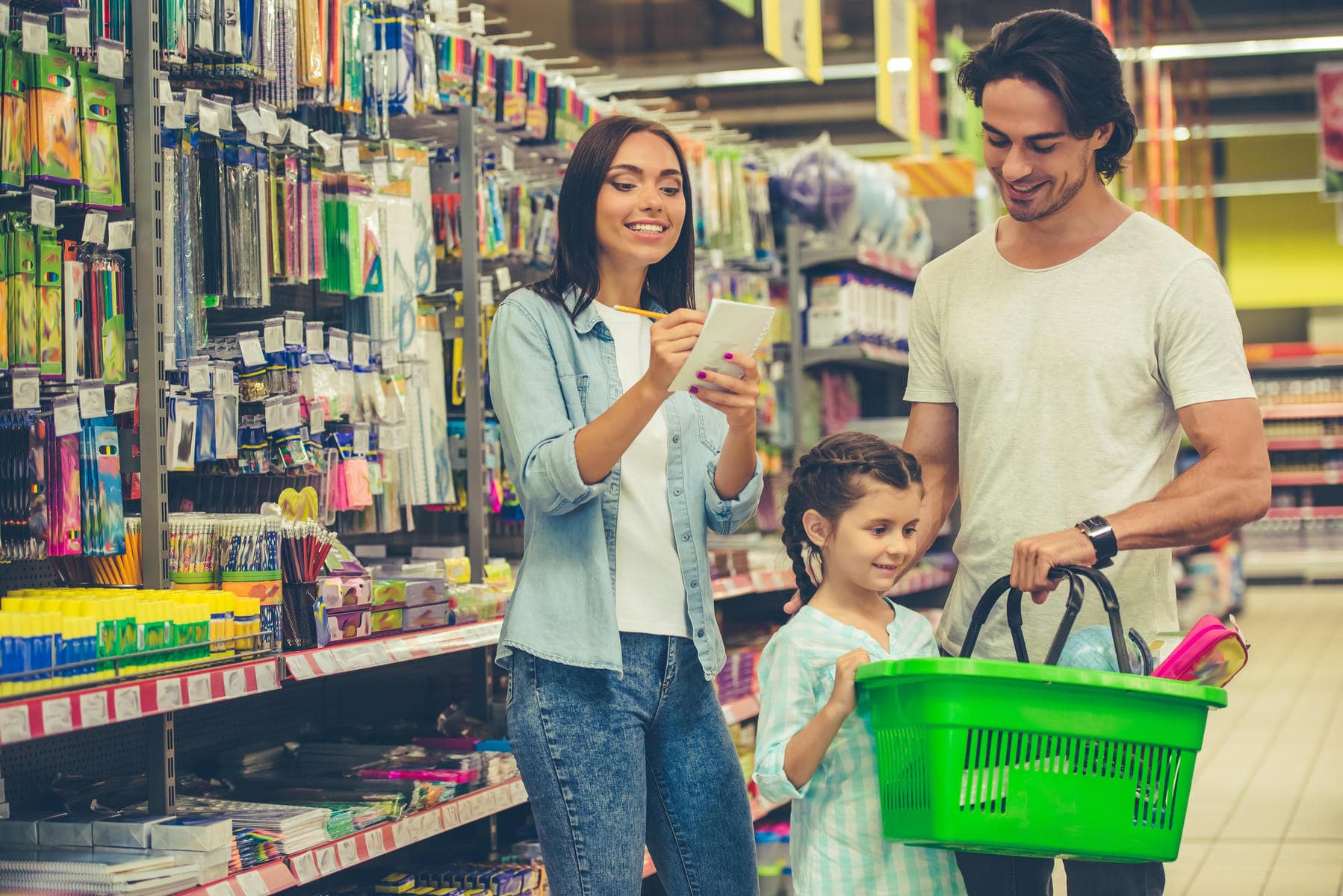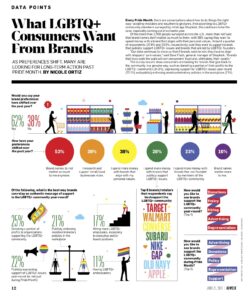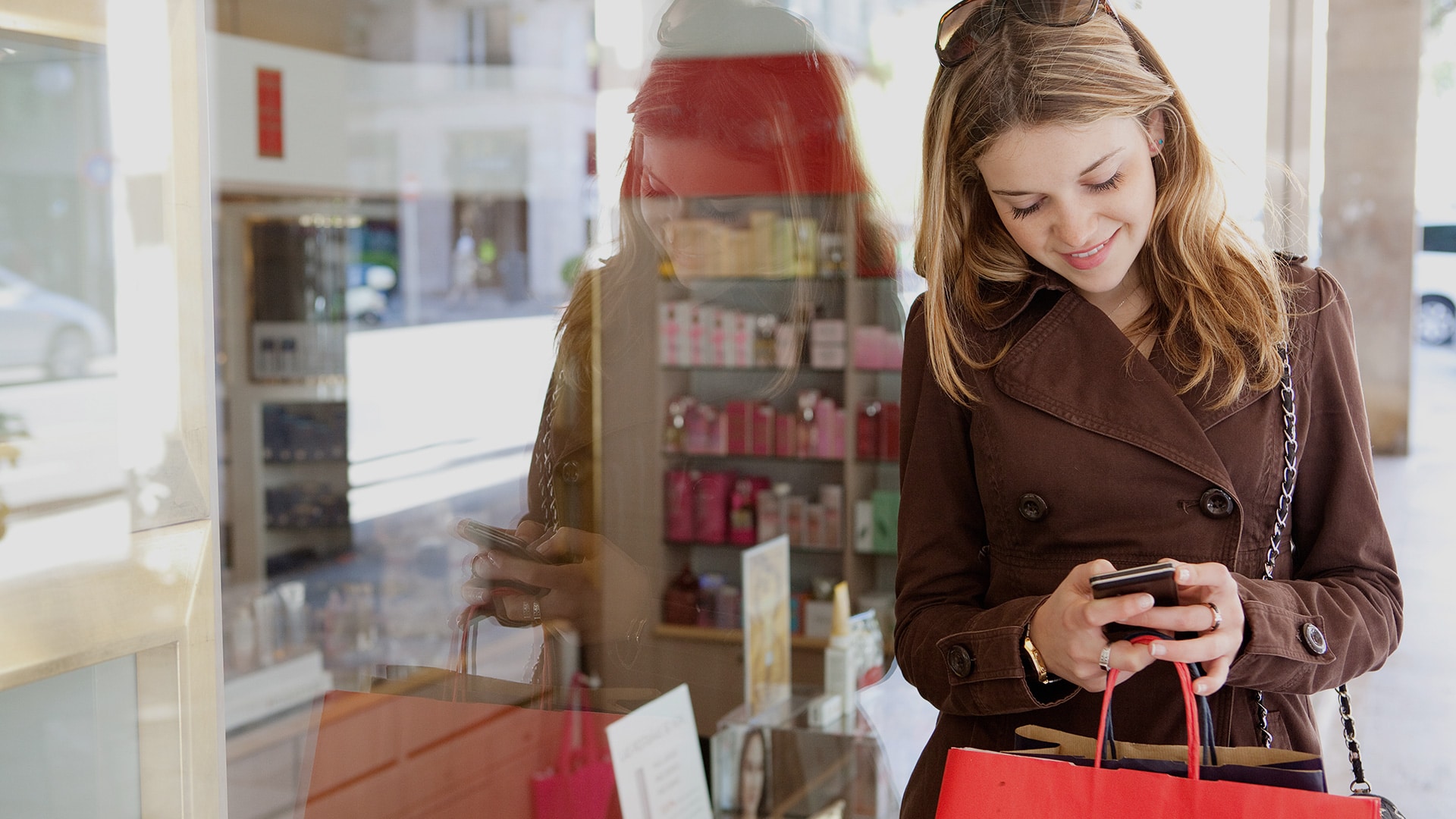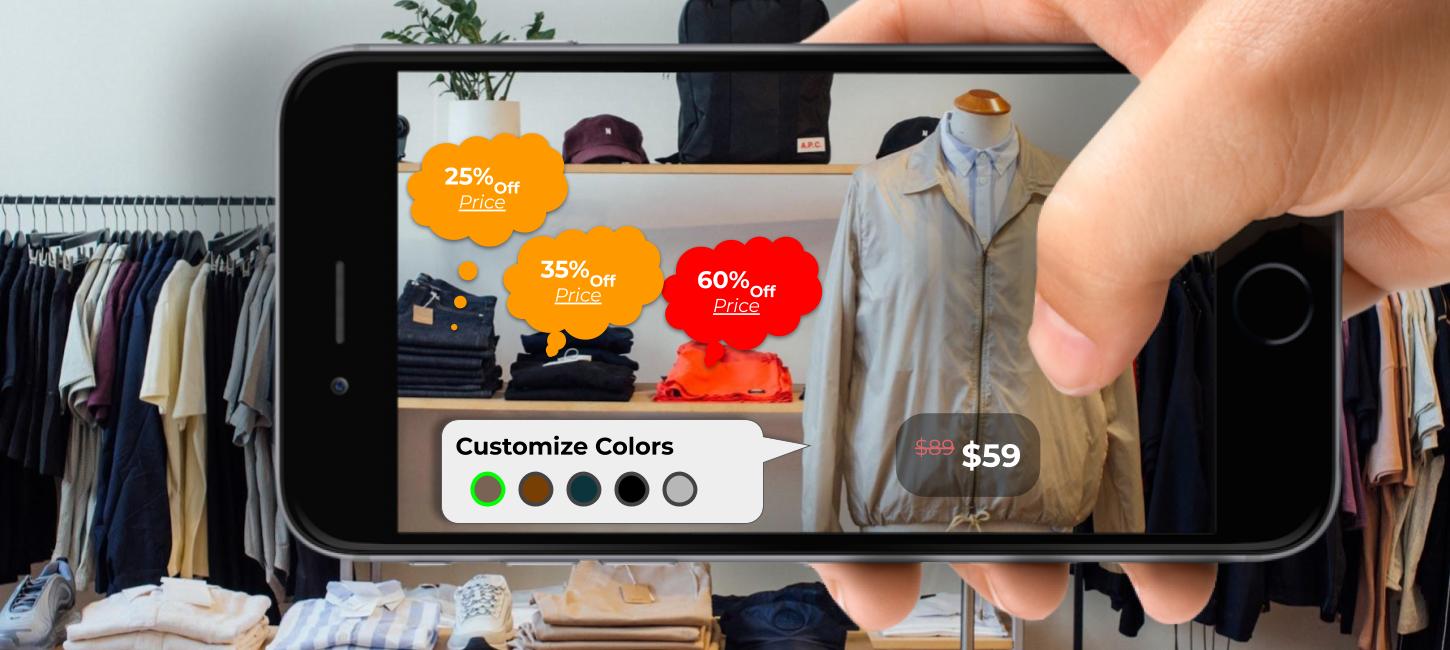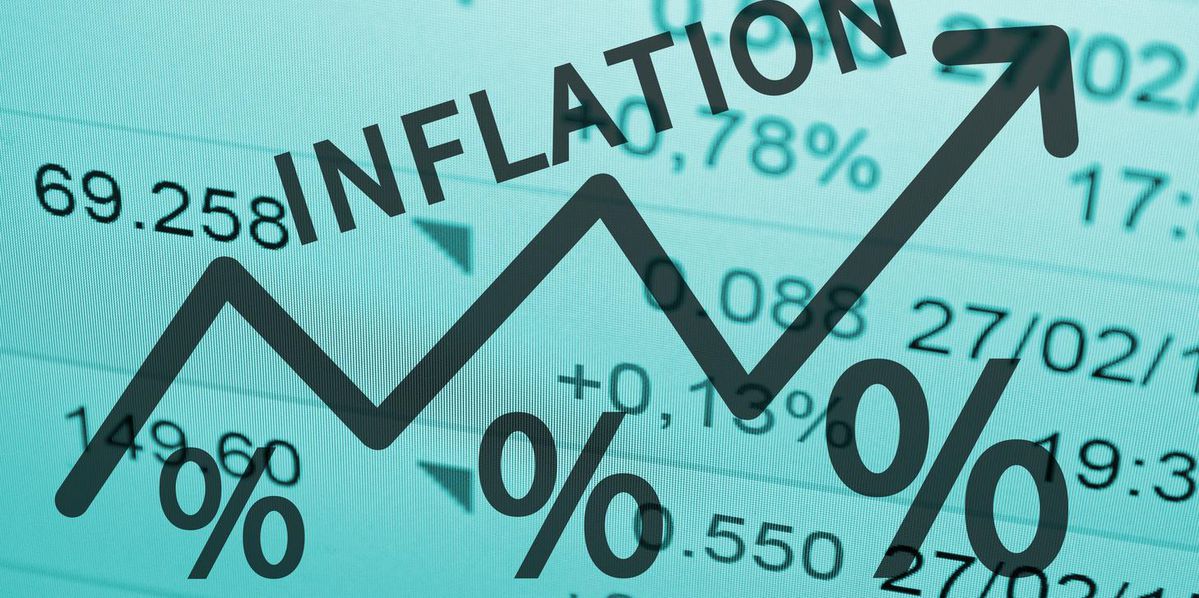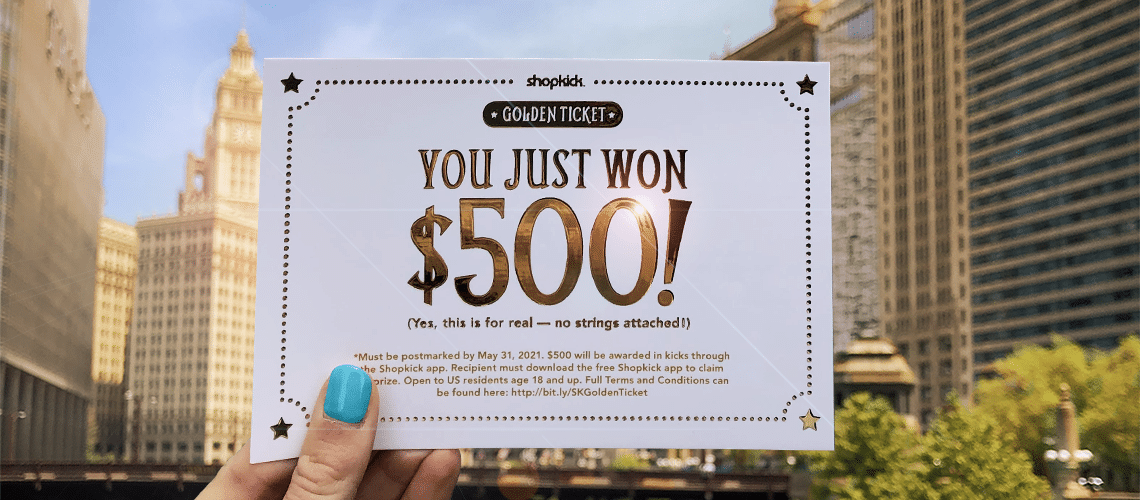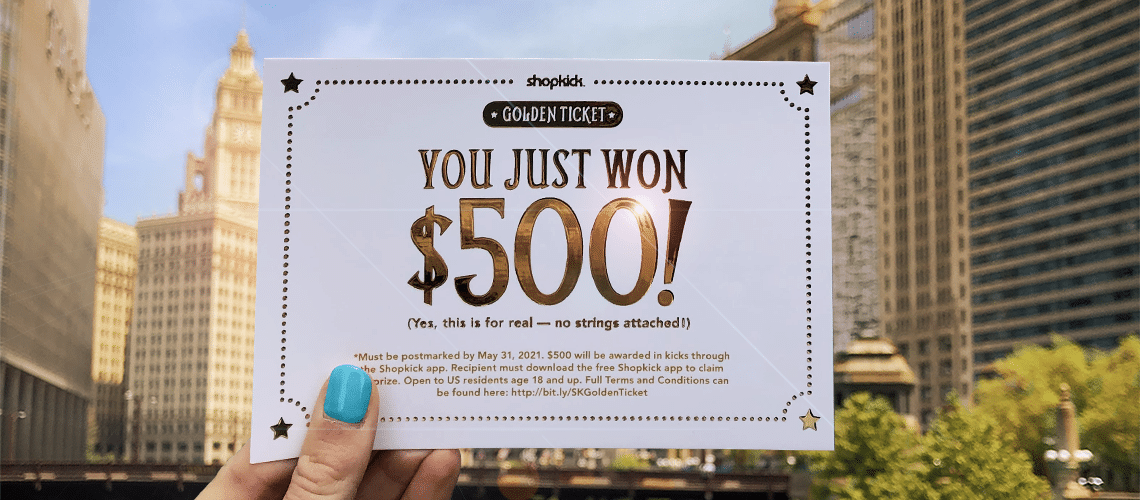Last year, the coronavirus had a devastating effect on traditional retail. As shoppers rapidly shifted to e-commerce, foot traffic dropped in physical stores as much as 82.6% in the months following the pandemic. This year, however, in-person retail is beginning to see a light at the end of the tunnel. As more Americans receive the COVID-19 vaccine, more and more opportunities to entice customers back to brick-and-mortar shopping are beginning to pan out.
Yet, where there are post-pandemic retail opportunities, challenges also emerge. On the one hand, many customers with online shopping fatigue are eager to get back to spending money in-person. Some outlets that saw slumps are now preparing for “revenge spending,” as customers are ready to overindulge after months without shopping. On the other hand, traditional retail stores have to work against online buying habits that have become routine for many.
So, how can brands provide post-covid experiences that are more inviting, innovative, and enticing for in-person shoppers? This article looks at how brands can use face-to-face customer service, omnichannel shopping experiences, and enhancements to the traditional retail experience to drive customers back to physical stores.
Face-to-face Customer Service
If there’s one thing that online shopping experiences simply cannot offer, it’s face-to-face customer service. The brands that are proving to be most successful at bringing customers back to physical stores are those that use exceptional customer service to make each shopper feel special and like their needs are being met.
Powerful customer service begins with listening. Consider a customer shopping for a high-quality home stereo setup. Rather than pushing a large set of high-end speakers, a patient salesperson listens and learns that the customer lives in a small apartment. In response, the salesperson suggests an ergonomic audio setup that fits the environment without sacrificing quality.
Omnichannel Shopping Experience
Today, more than 65% of consumers use multiple platforms before making a purchase. Omnichannel retailing uses various data sources to let retailers and brands meet customers where they are, regardless of the device. Making this as seamless as possible, regardless of the platform, is key. In-store shopping should integrate with online use by offering a consistent and engaging customer experience.
An omnichannel strategy takes multiple channels into account when messaging customers. This includes, for instance, sending contextually specific information based on location data or previous behavior. The luxury retail chain Barney’s, for example, created a mobile app that allows them to send promotions based on customers’ proximity to the physical store, and recommendations based on their in-store behavior and selections. Brands that leverage such tech alongside loyalty and rewards apps are likely to be at the forefront of the return to brick-and-mortar.
Enhanced Shopping
Retail outlets are also feeling increased pressure to provide a sense of novelty and newness for the in-person shopping experience. This kind of “retailtainment” or experiential retail can take many forms. Think of in-store play centers, celebrity appearances, virtual reality demos, collaborative cooking—these are just some of the ideas retailers are experimenting with to drive foot traffic back to stores.
At the same time, of course, retailers will need to balance such exciting in-person experiences with customers’ need for safety in a post-covid environment. Forbes suggests that various forms of built-in physical distancing, along with calming colors designed to soothe anxious customers, are here to stay.
Optimistic for In-Person Retail
Brick-and-mortar retail was significantly impacted by the coronavirus, but many are optimistic about the consumer demand for in-store shopping. Expanding face-to-face customer service, omnichannel communication, and enhanced shopping experiences are some of the ways brands are meeting this demand while driving even more customers back to physical stores.
Shopkick is an omnichannel solution that allows brands and retailers to engage and influence shoppers throughout the entire path to purchase, in-store and online. We share key intel on ever-changing consumer shopping behaviors and trends, and provide our partners with real-time shopping data, helping them fill gaps in the customer shopping journey and invest marketing dollars wisely. To learn more about how Shopkick can help you drive awareness, incremental sales, and customer loyalty throughout the full-funnel shopping journey, contact our team.


